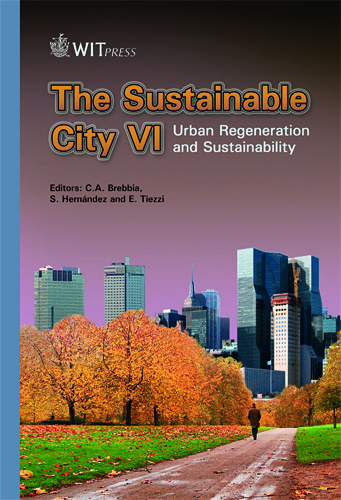Urban Activity Spaces: The Case Of A Post-Soviet Neighbourhood In Riga
Price
Free (open access)
Transaction
Volume
129
Pages
11
Page Range
583 - 593
Published
2010
Size
1,821 kb
Paper DOI
10.2495/SC100491
Copyright
WIT Press
Author(s)
M. Ušča
Abstract
Neighbourhood activity spaces have been the subject of a significant amount of research and evaluation in Western Europe and the US. However, it is predictable that the situation in the neighbourhoods of Eastern Europe is different, especially in regard to those built during the Soviet era. Beginning with the assumption that the city planning ideas and ideals of the communist period are still present in urban space, the author explores daily activity spaces and attitudes of inhabitants towards them in the neighbourhood of Mezciems, which was planned and built during the Soviet era in the city of Riga, the capital of Latvia. In order to find out the ways the inhabitants perceive and use the space in a post-Soviet neighbourhood, as well as the ways in which they make the neighbourhood more liveable for themselves, the author uses semi-structured indepth interviews with, and maps drawn by long-standing residents of the Mezciems neighbourhood. The results show that it is possible to mark out two lifestyles of long-standing residents during the Soviet era neighbourhood, characterized by different attitudes towards the functions available in the post- Soviet neighbourhood. At the same time, the spaces used, as well as the ideas about improvements that would make the post-Soviet neighbourhood space more enjoyable for them are quite similar within these two groups of people, characterized by different lifestyles. Keywords: urban activities, urban space, post-Soviet neighbourhood, Riga. 1 Introduction Neighbourhood activity spaces have been the subject of a significant amount of research and evaluation in Western Europe and the US (e.g., [1–5]). However, it is predictable, that the situation in the neighbourhoods of Eastern Europe,
Keywords
urban activities, urban space, post-Soviet neighbourhood, Riga





